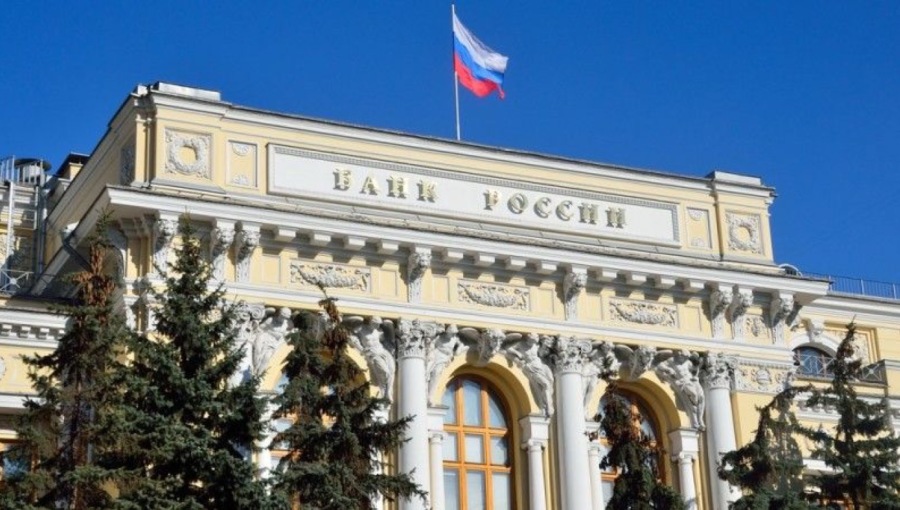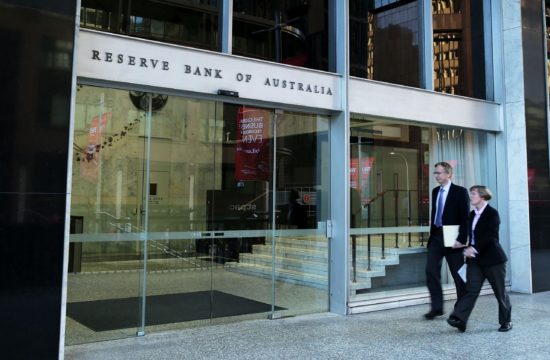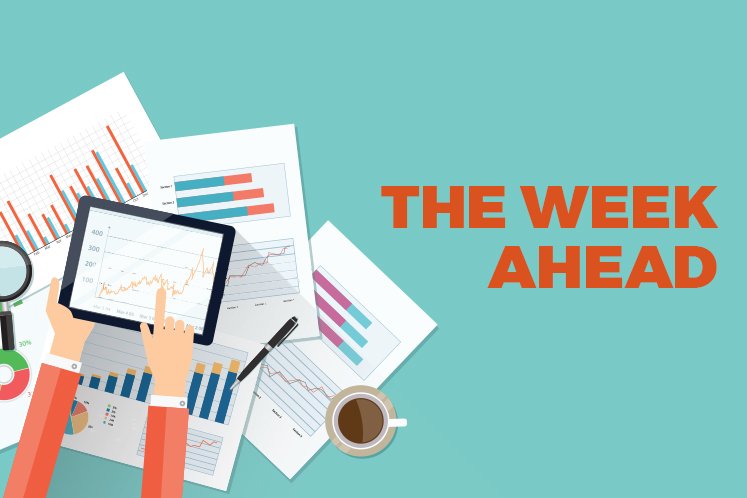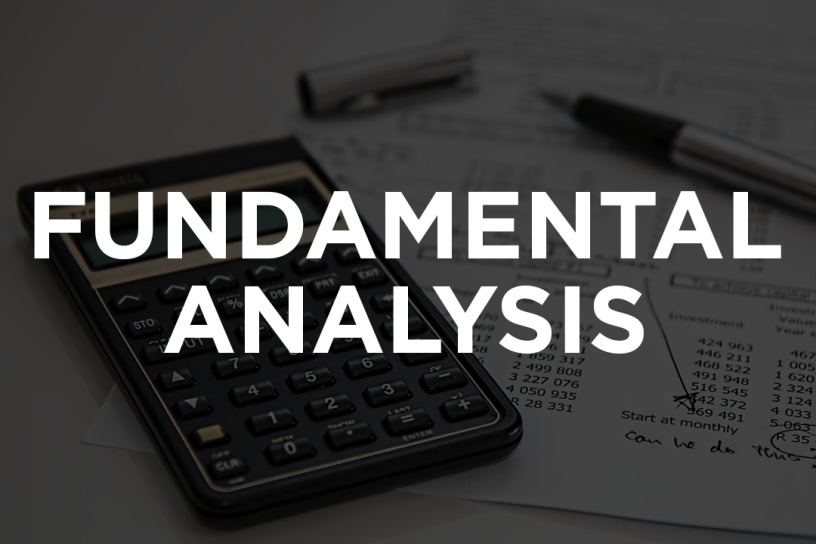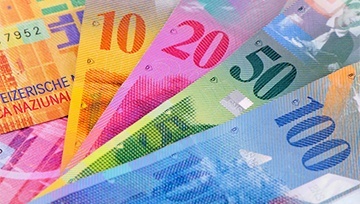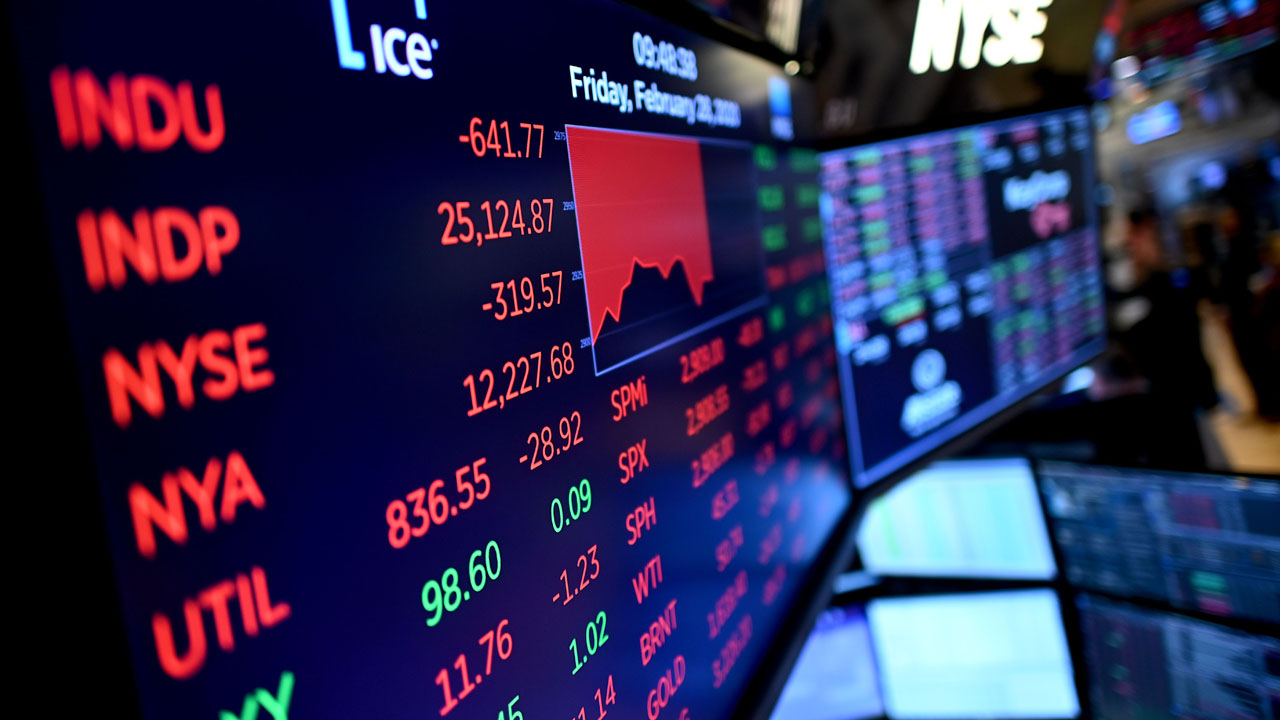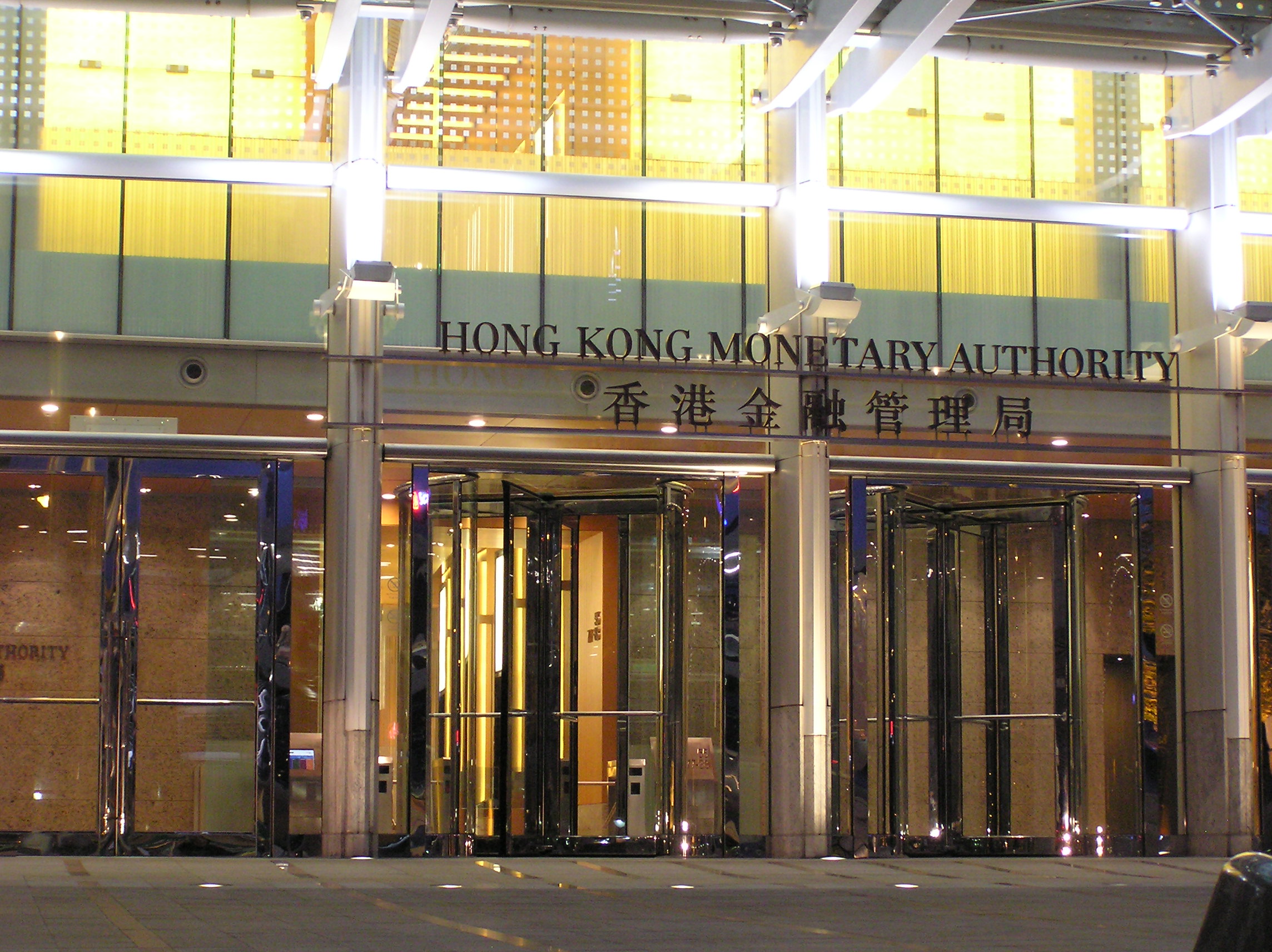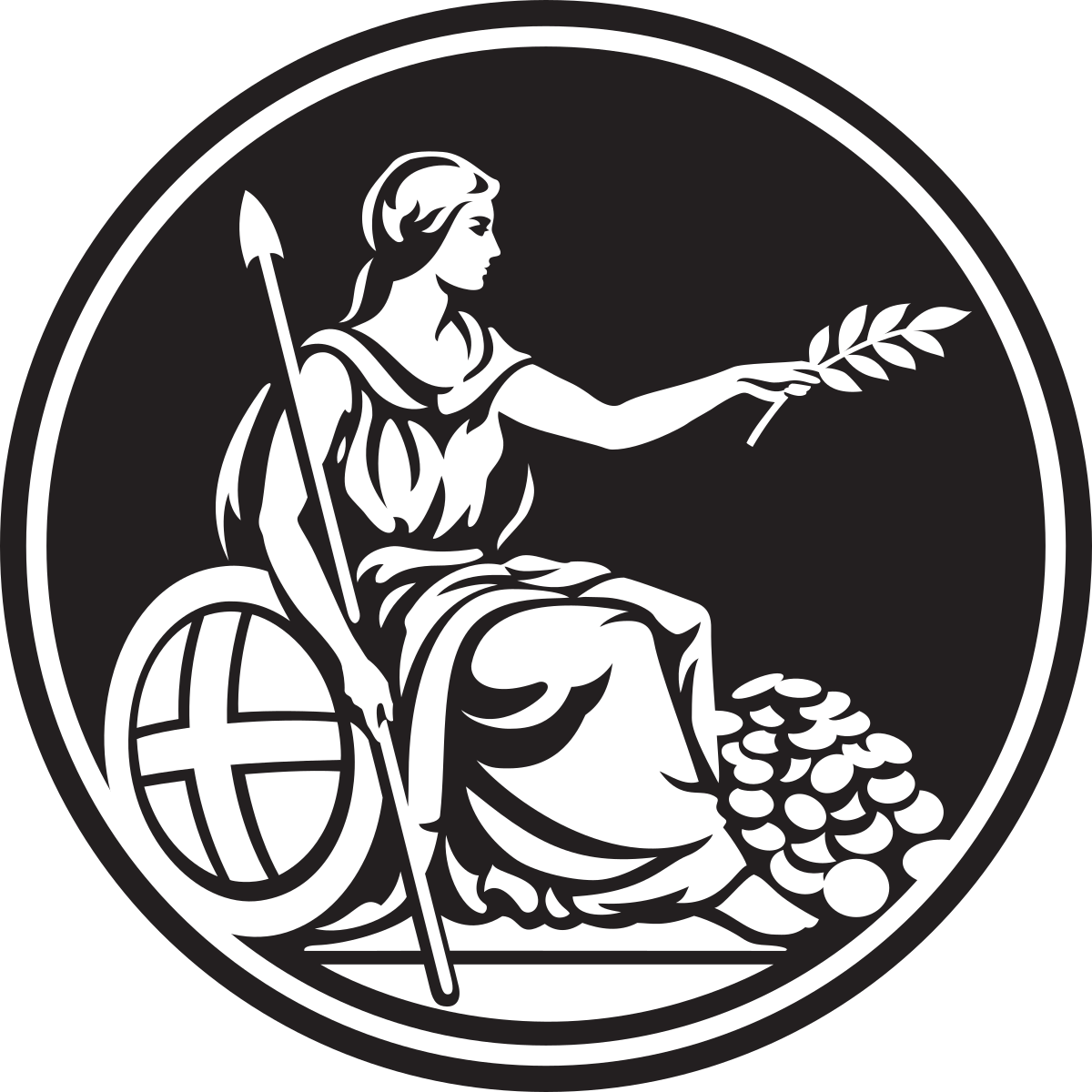Economic activity in Russia remained subdued in May, largely affected by the anti-coronavirus restrictions. Nonetheless, individual economic sectors demonstrated signs of revival. These are the findings published in the latest issue of the information and analytical review Economy: Facts, Assessments and Comments.
Industrial output continued to shrink, although more slowly than in April. This decline was primarily caused by the reduction in mining output resulting from the renewal of the OPEC+ agreement on 1 May 2020. Weak external demand was dragging down the output of intermediate goods, including petroleum products and a whole range of metals. Contrastingly, the output of investment and consumer goods significantly increased since a number of Russian regions were easing their restrictions affecting economic activity. The indicators of businesses’ expectations mostly stay negative, yet they noticeably improved against April, including among trade companies.
Consumer activity started to bounce back. Retail turnover expanded compared to April, predominantly owing to recovering non-food sales. According to up-to-date indicators, the decrease in consumer activity slowed down materially in June, in annual terms. This was driven by the gradual opening of stores, coffee houses, and service companies.
The easing and complete cancellation of the restrictions across Russian regions will speed up the growth of economic activity in the next months. However, over the 2020 horizon both domestic and external demand will remain moderate. The Bank of Russia estimates that GDP will decline by 4 — 6% in 2020, with economic activity trends pushing consumer price growth rates downwards.

